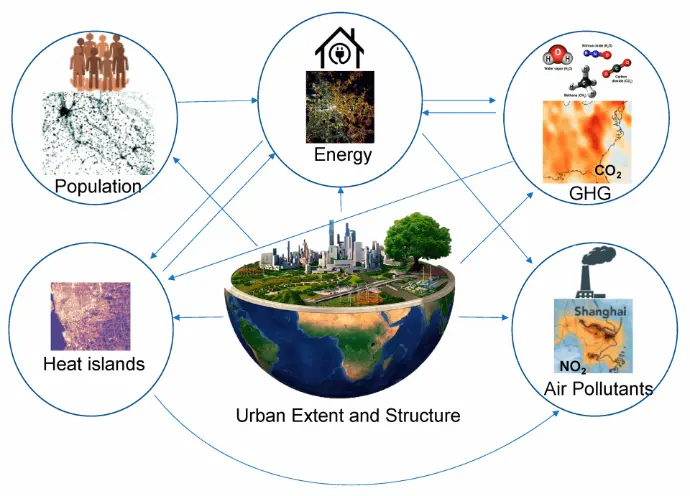Smart Maps for Climate Change

As a GIS specialist I’ve always been fascinated by this displine and its ability to help us understand the world better and give solutions to its problems. I see GIS as that one cool kid in school who’s good at everything, sports, chess, music, academics you name it. Nobody really understands how he does it, but when things go wrong, he’s the first person everyone calls. That’s how I feel about Geographic Information Systems. It’s not just a tool it’s a quiet genius. Whether it’s mapping flood risks, tracking crop health, or planning solar installations, GIS shows up, solves the problem, and disappears before the applause. And in the fight against climate change, it’s the Most Valuable Player we didn’t know we had.
Today we will briefly look at how GIS can help us in issues to do with climate change. And to be quite honest GIS isn’t just helpful here, it indispencible!
Climate change isn’t just a global headline it has become a local crisis. In Zimbabwe and across Africa, shifting rainfall patterns, rising temperatures, and extreme weather events are already disrupting agriculture, water access, and public health. But here’s the thing: you can’t fix what you can’t see. That’s where GIS steps in. I will only look at three aspects in which GIS can be used
- Monitoring environmental shifts: GIS tracks changes in vegetation, temperature, and land use over time, revealing trends that would otherwise stay hidden.
- Analyzing climatic patterns: By layering satellite imagery, weather data, and historical records, GIS helps us understand how climate is evolving—and where it’s hitting hardest.
- Identifying vulnerable zones: From flood-prone communities to drought-stressed farmland, GIS pinpoints the places most at risk, guiding smarter interventions.
GIS may not wear a cape, but it’s the hero behind the scenes quietly transforming data into decisions, chaos into clarity. As we confront the climate crisis, it’s time we recognize geospatial technology not just as a tool, but as a compass for a sustainable future.